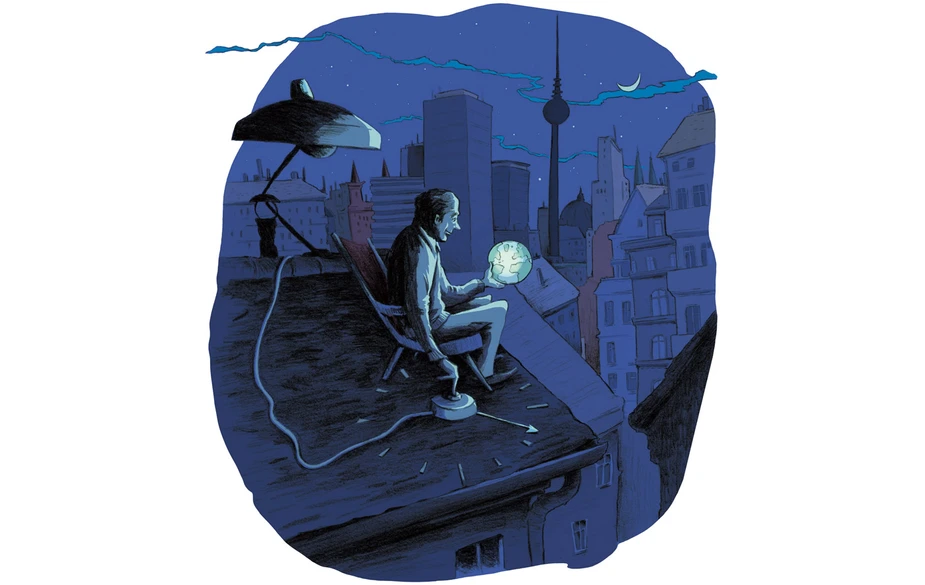Earth Hour – Saving the world in 60 minutes?
The world will turn off the lights again on March 25th
Would you like to feel like James Bond and save the world just a tiny bit? If so, the Earth Hour organised by the WWF is just the thing for you. You turn off the lights for one hour once a year and save the earth from collapsing. Sounds like a fair deal, doesn’t it?
Earth Hour can look back on an impressive career in a very short time. It started as a local event in Sydney, Australia in 2007 and has since spread all over the world in just a few years. Every year in March there are now people from 170 countries across all continents taking part in Earth Hour. Visibility is ensured by the 7,000 participating cities. There is a long list of world-famous buildings that go dark for Earth Hour: the Empire State Building in New York, the Eiffel Tower in Paris, the Christ the Redeemer statue in Rio, and the Red Square in Moscow. Moreover, countless private citizens turn off the lights in their homes.
The idea is simple. Everybody can take part and contribute to environmental and climate protection. It also contributes to a sense of community: people around the globe show that they are willing to make a change together. As always, there are sceptics. Every year before Earth Hour, we are approached by people who are afraid the electricity supply will break down if so many lights go out at once. This fear is unfounded.
And this is where we get to the fine print: the most important thing is now how much electricity is saved during Earth Hour. Even millions of people and thousands of cities can’t drastically reduce the world’s energy demand by flipping a switch for one hour once a year. The world cannot be saved in 60 minutes. However, 60 minutes are enough to give saving the world the attention it deserves. This is exactly what Earth Hour is for. It draws our attention to the fact that we have to do more for our planet.
What does that mean for us individuals? It is important to do more than for just one hour. This can mean using less electricity, more climate-friendly transportation, and eating less meat. These everyday decisions will lead to change in the long-run.
This is what Earth Hour tries to gain awareness for. And it works surprisingly well. While climate and environmental protection are distant issues to most people, Earth Hour brings them up close. Our own actions are challenged. And there is another thing that Earth Hour does: it puts pressure on decision-makers in politics and business. This is more important than ever in a time when the elected president of the United States is a climate sceptic. The world’s largest event of volunteers confronts our governments with the fact that a large part of humanity is committed to climate and environmental protection – and hopefully makes them act on it, too. For us, at the WWF, this is reason enough to flip the switch.
We are turning off the lights for the next Earth Hour on March, 25th 2017 at 8:30pm.
Immo Fischer is spokesman for the World Wide Fund for Nature (WWF) in Germany. When he is not busy with Earth Hour, he works on poaching in Africa and the River Amazon in South America.
